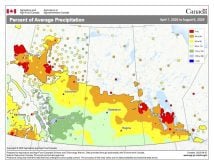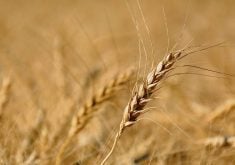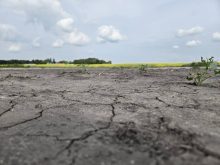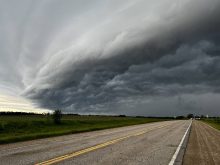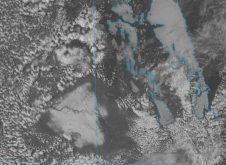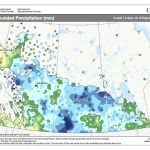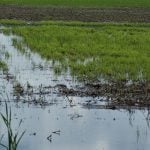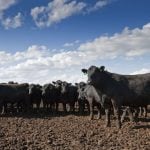As we begin a new year I always find it interesting to take a look back at what the big weather stories were over the previous year. Environment Canada creates a list of the top Canadian weather stories annually; you can find the full list of stories for 2013 at ec.gc.ca. I don’t always agree with the order of the stories as I find they can sometimes have a bit of an eastern lean to them, but for 2013 I don’t think anyone can argue with the top story.
Read Also
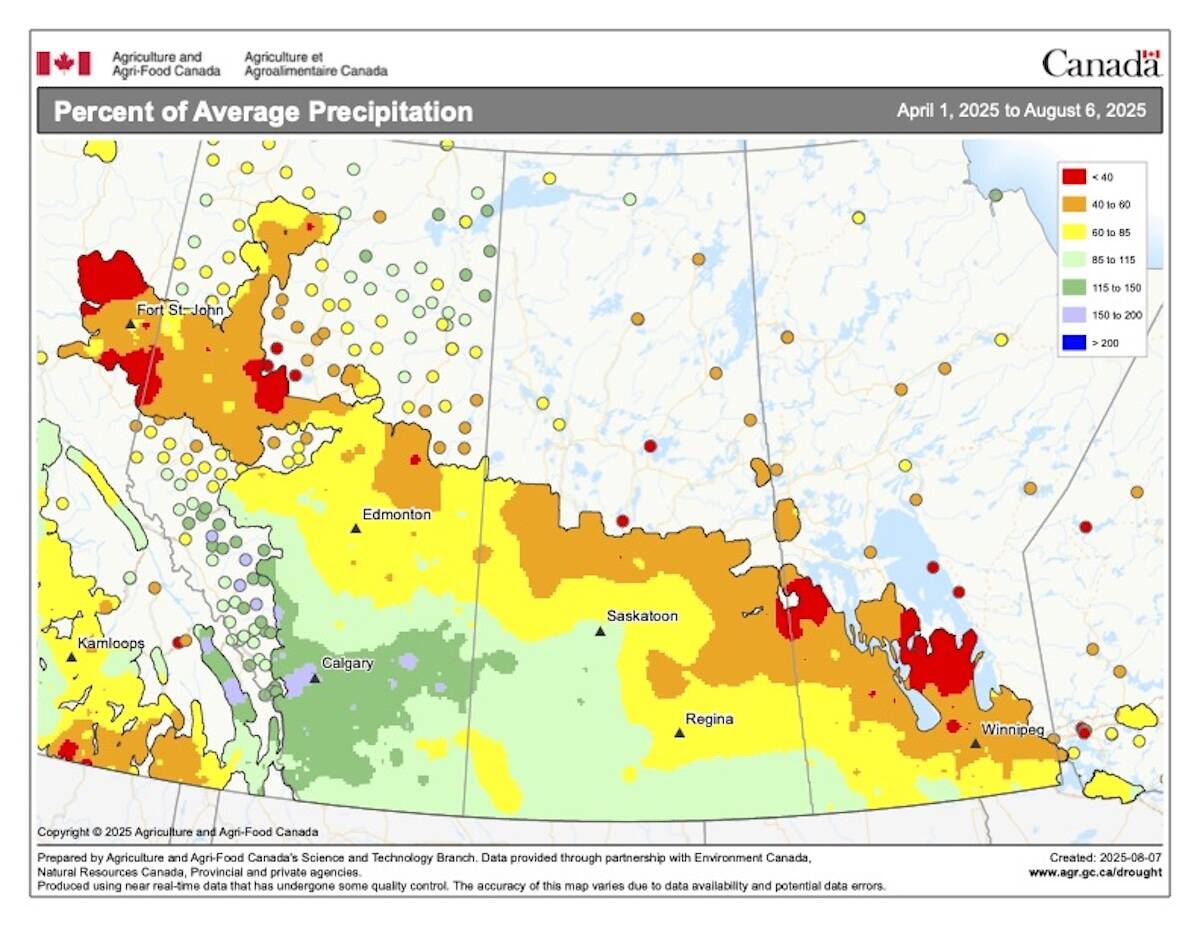
Heatwaves and upper highs
Weather expert Daniel Bezte looks at heat waves and the climate factors that lead to extended periods of high heat in the Prairies.
The No. 1 weather story for 2013 across Canada was the super flood that hit southern Alberta in June. This ended up being the most expensive natural disaster in Canadian history. Projected losses from the flood are expected to exceed $6 billion. As with most natural disasters, it was a series of events that led to the epic flooding. The mountain snowpack in May was extremely deep, and groundwater and stream levels were already high due to snowmelt and heavy May rainfall, so there was little room for more run-off. The final blow came when a very moist weather system moved into Alberta on June 19 and brought three days of rain, with amounts ranging from 68 millimetres in Calgary to as much as 345 mm at some mountain locations. The rainfall alone would have been enough to cause significant flooding, but add to that all of the snow, rain and warm temperatures that helped with melt, and we ended up with record flooding.
The next big Canadian weather story of 2013 also had to do with rainfall and flooding, but this time it was in Toronto. On July 8, atmospheric conditions came together to create slow-moving thunderstorms over greater Toronto that ended up dumping some truly impressive amounts of rainfall. Over a couple of hours during the early evening, two lines of thunderstorms slowly moved over Toronto, dumping upward of 100 to 125 mm of rain. The intensity of rainfall would cause flooding in most regions, but when it falls on an area that is mostly concrete and asphalt, almost none of it gets absorbed into the ground and it has to run off somewhere. Insurance estimates put the damage from this rainfall and flooding at close to $1 billion.
The winter that wouldn’t leave
For the next big weather story I’m going to combine two into one. In early March, a strong storm system barrelled its way across the Prairies, bringing high winds and heavy snow. Calgary saw wind speeds approaching 100 km/h, and received over 20 cm of snow. In Saskatchewan several highways, including the Trans-Canada, were closed due to the storm. In Manitoba, between 20 and 45 cm of snow fell, prompting the closure of many roads and schools. This system was just one of several stormy and cold periods that affected the Prairies during the winter of 2012-13. With record to near-record snow cover in many places, it wasn’t so surprising that spring didn’t seem to want to return to the Prairies. From late March right through to the end of April, the Prairies saw well-below-average temperatures. Regina saw April temperatures 11 C colder than average, Winnipeg’s average temperature didn’t make it above 0 C until April 26 and Edmonton saw only one day between Oct. 16 and April 24 that did not record a freezing temperature. All in all, it was a very long winter across the Prairies!
The final big weather story of 2013, at least for me, follows on the heels of the previous story. After what was arguably the longest winter in a long, long time, it wasn’t looking very good for the growing season. Crops were getting in the ground late and in most areas the ground was starting off cold and wet. With such a bleak outlook it’s quite surprising that by the time fall rolled around, some farmers were reporting unbelievable harvests, with some even reporting their best of a lifetime.
After a late start to the growing season, weather-wise, the summer was just about perfect for growing. The lack of any prolonged heat waves or severe thunderstorms, combined with the appearance of some timely rains, kept soil moisture levels in the good to excellent range all season. With some crops running a little behind due to their late start, the warm fall weather really helped out. September saw some of the warmest temperatures in history across the Prairies. This meant little to no frost and nearly ideal conditions for crops to ripen and for harvest to take place. When the harvest was all said and done, it was estimated that western farmers harvested a record 30.5 million tonnes of wheat!
In the next issue we’ll take a look at the top weather stories worldwide for 2013, then we’ll look ahead to see what the long-range forecasts call for in 2014.



